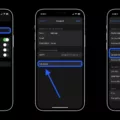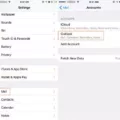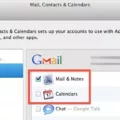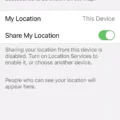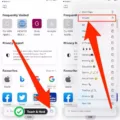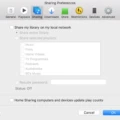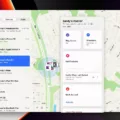Are you getting too many notifications from Apple Mail? Do you want to turn them off and get your peace and quiet back? Don’t worry, we’ve got you covered! In this blog post, we’ll show you how to quickly and easily turn off Apple Mail notifications.
First of all, open the Settings app on your iOS device. Then, select ‘Mail’ from the list of options. You should see “Notifications” at the top of the page. Tap on it.
Make sure that “Allow Notifications” is turned off. If it isn’t, tap on it to turn it off. You can also customize your notification settings to have more control over what types of notifications you receive from Apple Mail (for example, alert sounds or badges).
If you want to take things a step further and completely disable all notifications from Apple Mail, go to “Application Notifications” on the right side of the screen and select “Mail.” Then, just turn “Allow Notifications” off.
And that’s it! You won’t be receiving any more annoying notifications from Apple Mail. Of course, if you ever want to re-enable them, just follow these same steps but make sure Allow Notifications is set to On instead of Off.
We hope this blog post has helped you turn off Apple Mail notifications easily and quickly!
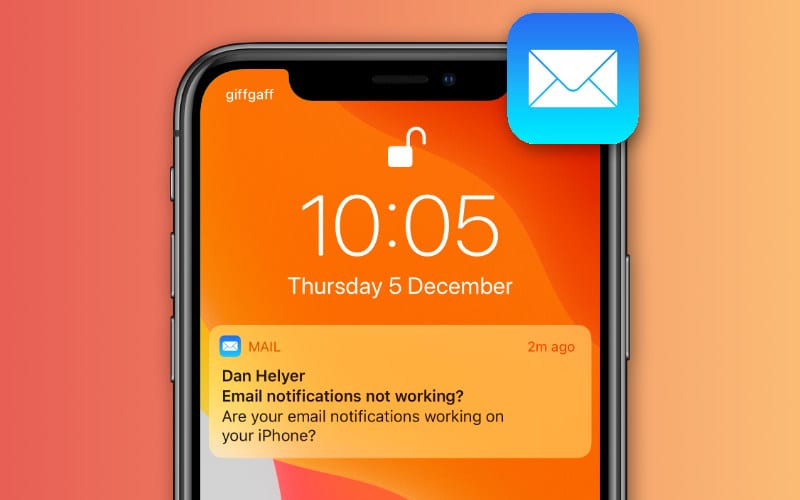
Enabling Apple Mail Notifications
In order to turn on Apple Mail notifications, you’ll need to go into your Settings app. Once there, select Mail and then Notifications. Make sure that the Allow Notifications option is switched on. You can further customize your email notifications by tapping Customize Notifications and then selecting the email account you’d like to make changes. From here, you can choose which type of notifications you’d like to receive, such as alerts or badges.
Silencing Notifications on Apple Mail
To silence notifications on Apple Mail, open Application Notifications on the right side of the screen and click Mail. Once there, you can set options for how you want the notifications to appear and where you want them displayed. If you want to turn off all notifications from Mail completely, simply turn “Allow Notifications” off.
Does Apple Mail Have Notifications?
Yes, Apple Mail has notifications. You can customize the notifications by going to Settings > Mail > Notifications and then tapping Customize Notifications. You can choose between Alerts and Badges, and you can also customize your Sounds by changing the alert tone or ringtone.
Customizing Apple Mail on an iPhone
To customize your Apple Mail on your iPhone, go to Settings, tap on Mail, then Notifications. From here, you can customize notifications for each email account you have set up. Tap on the account you want to make changes to and select the settings you want, such as Alerts or Badges. You can also adjust specific notification settings like sounds, banners, previews, and more. You can also choose whether or not to show a badge app icon for each email account. Once you’ve made all of your desired changes, be sure to tap the “Done” button to save them.
Silencing Notifications Completely
To completely silence notifications, you can go to your phone’s Settings app. From there, you can choose to turn off all notifications by tapping on the “All Notifications” setting. You can also choose to turn off individual notifications by turning off the toggle switch next to each type of notification. This will ensure that no notifications will appear on your phone.
Random Mail Pop-Ups on Macs
There are several potential causes for Mail randomly popping up on Mac. In many cases, the issue is linked to corrupt mail files, notification settings, or calendar alerts. Other times, it can be due to a bug in the macOS operating system.
Corrupt mail files and notification settings can cause Mail to open randomly as notifications are triggered when certain emails arrive or certain tasks are completed. If the file is corrupted, then the notification might not be properly processed and may cause Mail to open unexpectedly. To fix this issue, you’ll need to delete any corrupt mail files, delete any existing notifications within your Mail app, and reset your notifications preferences in System Preferences.
Calendar alerts can also cause Mail to pop up randomly as they generate notifications that trigger the app to open when certain events occur. If you have recurring calendar alerts set up, then you should check that these are still running correctly and delete any unnecessary ones which could be causing problems.
In some cases, a bug within the macOS operating system can cause unexpected behavior with Mail such as it opening randomly. To fix this problem, you should ensure that your Mac is running the latest version of macOS and update it if necessary. Additionally, it may also help to reset all of your settings in System Preferences by going into ‘General’ and selecting ‘Reset All Settings’.
Overall, there are several potential causes for why Mail keeps popping up on Mac randomly such as corrupt mail files or notification settings, calendar alerts that have been set up incorrectly, or even bugs within the macOS operating system itself. To troubleshoot this issue further you should try deleting any corrupt mail files and resetting all of your settings in System Preferences before updating your Mac if necessary.
Stopping Email App Pop-Ups on Mac
To stop an email app from popping up on your Mac, you can remove it from the list of apps that open automatically at login. To do this, go to System Preferences, select Users & Groups, then click the Login Items tab. Here you will see a list of apps that open automatically when you log in. If the email app is listed here, select it and click the minus icon to remove it. This should stop the app from opening automatically when you log in.
Conclusion
In conclusion, Apple Mail is a great service for managing emails on your Apple device. It allows you to easily keep track of all your emails and access them quickly. It has a wide range of features such as custom notifications, application notifications, and the ability to work in full-screen mode. With these features and more, Apple Mail is a great choice for anyone looking for an email service that is reliable, easy to use, and secure.

